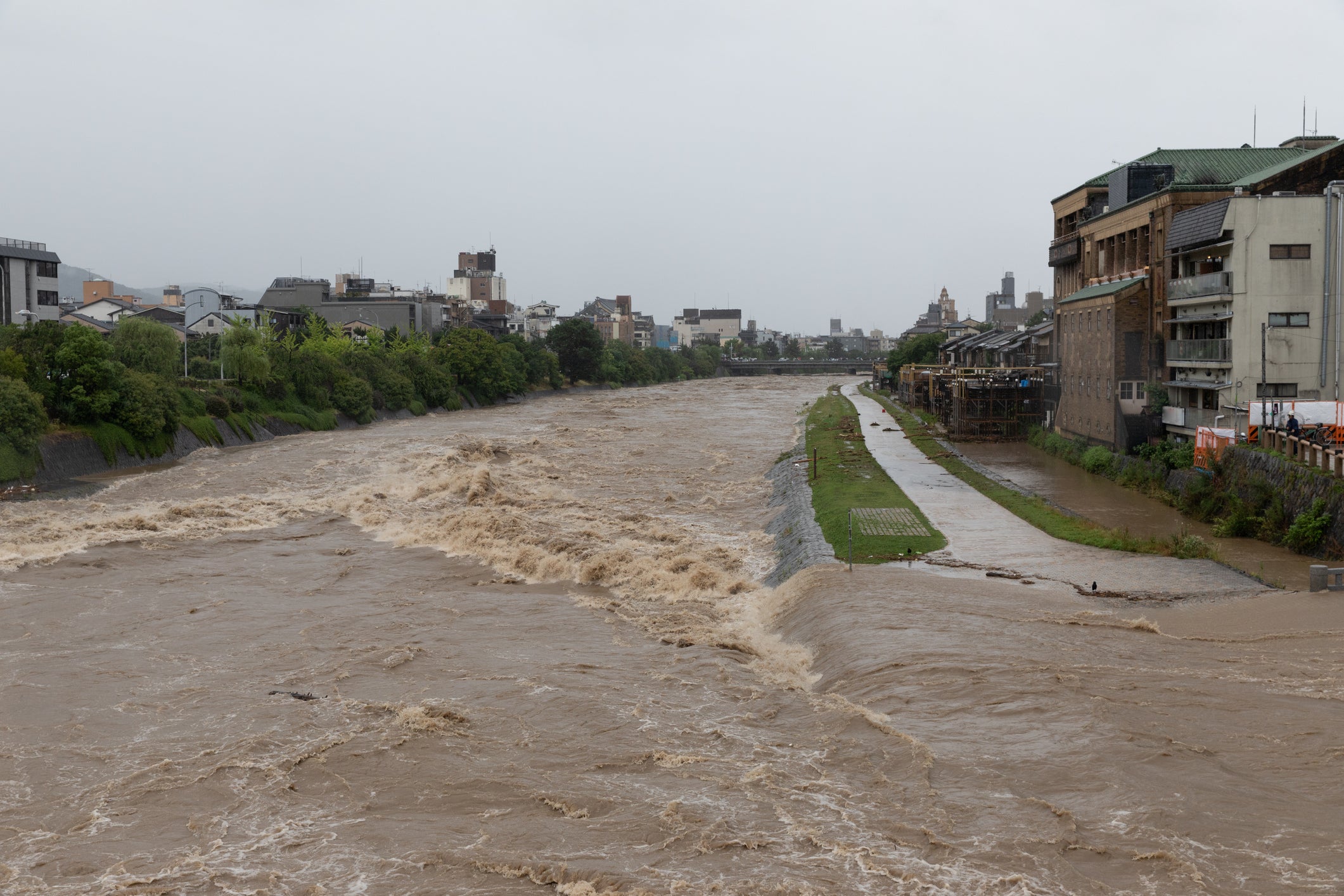How to make an evacuation plan in a high-rise building and how to implement it
table of contents
Introduction
1.Risk assessment and information gathering
2. Determination of evacuation route
3. Implementation of evacuation drills
4. Cooperation with organizations
5. Continuous improvement
summary
Introduction
Evacuation plans in high-rise buildings are a very important safety measure. Proper planning and clear procedures are necessary to prepare for disasters and emergencies and to ensure quick and safe evacuation. This article details the key elements and steps involved in planning an evacuation in a high-rise building.
1.Risk assessment and information gathering
1-1 Evaluation of building structure and facilities
Evaluate the structure and facilities of skyscrapers. We will collect detailed information on the building structure, fire resistance performance, earthquake resistance, evacuation routes such as emergency stairs and elevators, and firefighting equipment (fire extinguishers, fire alarms, water sprinklers, etc.).
1-2 Assessment of disaster risk
Assess local disaster risk. Consider potential local disasters such as earthquakes, floods, hurricanes, and fires. Identify local risk factors with reference to local disaster management agencies and weather information.
1-3 Check emergency exits and evacuation routes
Check the details of emergency exits and evacuation routes in high-rise buildings. Know where emergency exits are, how to open and close them, where to find fire escapes, restrictions on using elevators, and more. This will help you set evacuation routes and formulate evacuation plans.
1-4Establishment of emergency contacts
Prompt communication is essential in the event of a disaster. Identify emergency contacts, such as building owners and managers, local fire and police departments, and establish a flow of information sharing and appropriate instruction.
1-5 Referencing past cases and reports
See similar high-rise disaster cases and reports. This allows us to learn from other cases, identify similar risks and challenges, and find areas for improvement in our evacuation plans.
1-6 Cooperation with stakeholders
Collaborate and share information with stakeholders, including skyscraper owners and managers, local fire departments, and police departments. In particular, by collaborating with local disaster management organizations, you can receive support for local disaster countermeasures and information gathering.
1-7 Documentation
Properly document risk assessment results and information gathering. This allows accurate information to be referenced during the evacuation planning stage and when evaluating future improvements.
Careful implementation of the risk assessment and information gathering steps will enable more specific and effective evacuation plans for high-rise buildings.
2. Determination of evacuation route
2-1 Confirmation of building layout
First, take a close look at the floor plan of the skyscraper or the layout of the building. Know the location and layout of key entrances, emergency exits, stairs, and elevators.
2-2 Identification of emergency exits
Buildings usually have emergency exits. Emergency exits are usually located at ground level or lower floors to provide direct access to the outside. Locate emergency exits and mark or mark them where necessary.
2-3 Evaluation of evacuation routes
Evaluate major escape routes. In general, the main staircase or emergency staircase is the evacuation route. Make sure these escape routes are properly installed and clearly marked.
2-4 Securing evacuation routes
Make sure there are no obstacles in the aisles or corridors to secure an evacuation route. It is important to limit the storage of items and the installation of obstacles near emergency exits and escape route exits.
2-5 Guidance and display of evacuation routes
Install appropriate signs and information boards to clearly guide evacuation routes. Use clear, easy-to-understand signs to indicate the direction of emergency exits and escape routes. Also, check the information board regularly for any damage or unclear indications.
2-6 Control of noise and congestion
Noise and congestion may occur when a disaster occurs. Install appropriate guides and instructions on evacuation routes so that people can move quickly and safely. Also, to prevent congestion, conduct evacuation drills and regular information sharing, and guide people to take appropriate actions.
3. Implementation of evacuation drills
3-1 Formulation of training plan
When planning an evacuation drill, formulate a plan that clearly defines the purpose and content of the drill, the date and time of the drill, the roles and responsibilities of those involved, and the scope of the drill. The drill plan should be based on the evacuation plan and communicated in advance.
3-2 Confirmation of evacuation procedures and actions
Explain evacuation procedures and actions to employees and building users before the drill. This includes the location of emergency exits and evacuation routes, appropriate behavior, and evacuation precautions.
3-3 Setting disaster scenarios
In drills, it is effective to set up specific disaster scenarios. Create scenarios based on possible disasters such as fires, earthquakes, and floods. This allows training to be closer to real situations.
3-4 Confirmation of emergency announcements and warnings
During the training, check the operation of the emergency broadcast system and alarm devices. This enables accurate information to be conveyed in an emergency. Also, use audible alarms and emergency broadcasts during training to simulate real-life situations.
3-5 Use of evacuation routes and emergency exits
During the drill, you will practice evacuation using actual evacuation routes and emergency exits. Make sure that evacuation routes and emergency exits are properly installed and used according to the evacuation plan.
3-6 Organizational Cooperation and Division of Roles
Evacuation drills require the cooperation of all concerned, including building owners, managers, security guards, and fire departments. Clarify the division of roles and ensure smooth cooperation. During training, it is also important to practice the role of the stakeholder.
3-7 Evaluation and improvement after training
After completing the exercise, evaluate the exercise and identify areas for improvement. Collect feedback from employees and building occupants and use it to improve your evacuation plans and training processes.
4. Cooperation with organizations
4-1 Cooperation with building owners and managers
Building owners and managers play an important role in developing evacuation plans and conducting drills. Communicate regularly with them to discuss updating evacuation plans, installing necessary equipment, and improving safety measures.
4-2 Cooperation with local fire departments
Coordination with the local fire department is critical to a successful high-rise evacuation plan. Have regular meetings with the fire department, and cooperate in mutual confirmation and evaluation of evacuation plans, inspection of firefighting equipment, and implementation of drills.
4-3 Coordination with local disaster management agencies
Cooperation with local disaster management agencies is important for disaster assistance and information sharing. Cooperate with disaster management organizations in formulating evacuation plans, assessing disaster risks, collecting and sharing information, and conducting evacuation drills.
4-4 Cooperation with surrounding buildings and tenants
Cooperation with neighboring buildings and tenants of high-rise buildings is also important. Share evacuation routes and emergency exit locations, coordinate mutual evacuation plans, and cooperate in drills to build a collaborative system in the event of a disaster.
4-5 Cooperation with building users
Cooperation with users in the building is also essential for the success of the evacuation plan. Raise safety awareness among building users by providing information on appropriate evacuation procedures and actions, conducting regular drills, and providing evacuation instructions and guidance.
5. Continuous improvement
5-1 Regular implementation of risk assessment
Conduct regular risk assessments to understand your current disaster risk. Update your evacuation plan accordingly to respond to new risk factors and changing conditions. In addition, based on the results of the risk assessment, we identify areas for improvement in safety measures and training.
5-2 Regular implementation of evacuation drills
Conduct regular evacuation drills to ensure the effectiveness of your evacuation plan. Based on feedback and evaluation results during training, we identify areas for improvement and improve training content and procedures. Also, collect opinions and suggestions from employees and building users and reflect them in improving the evacuation plan.
5-3 Regular equipment inspection and maintenance
Regularly inspect and maintain emergency equipment and evacuation routes. Check whether fire alarms, fire extinguishing equipment, emergency lighting, etc. are functioning normally, and perform necessary repairs or replacements. Also, regularly check the condition of evacuation routes and emergency exits to ensure there are no obstructions or damage.
5-4 Information sharing and awareness raising
Regularly share information about evacuation plans and safety measures with employees and building users. Use posters, billboards, internal communications, etc. to raise awareness of appropriate actions and precautions. Conduct regular safety meetings and trainings to raise safety awareness.
5-5 Cooperation and cooperation with organizations
Ensure ongoing cooperation and collaboration with building owners, managers and relevant agencies. Hold regular meetings and information sharing to gather opinions and suggestions for improving evacuation plans. Cooperation with other buildings and tenants is also important. Strive to share information and best practices.
5-6 Incident analysis and learning
Analyze incidents and training evaluation results and learn lessons. Identify problems and areas for improvement to improve evacuation plans and safety measures. It is also important to learn from the experiences of others through information exchange and benchmarking with other buildings and organizations.
summary
Evacuation plans in high-rise buildings play an important role in protecting and ensuring safety of human life in disasters and emergencies. There are various elements in drafting and implementing an evacuation plan, such as risk assessment, determination of evacuation routes, implementation of evacuation drills, cooperation with organizations, and continuous improvement. Effectively implement high-rise evacuation plans and ensure a safe environment through proper planning and regular drills.








